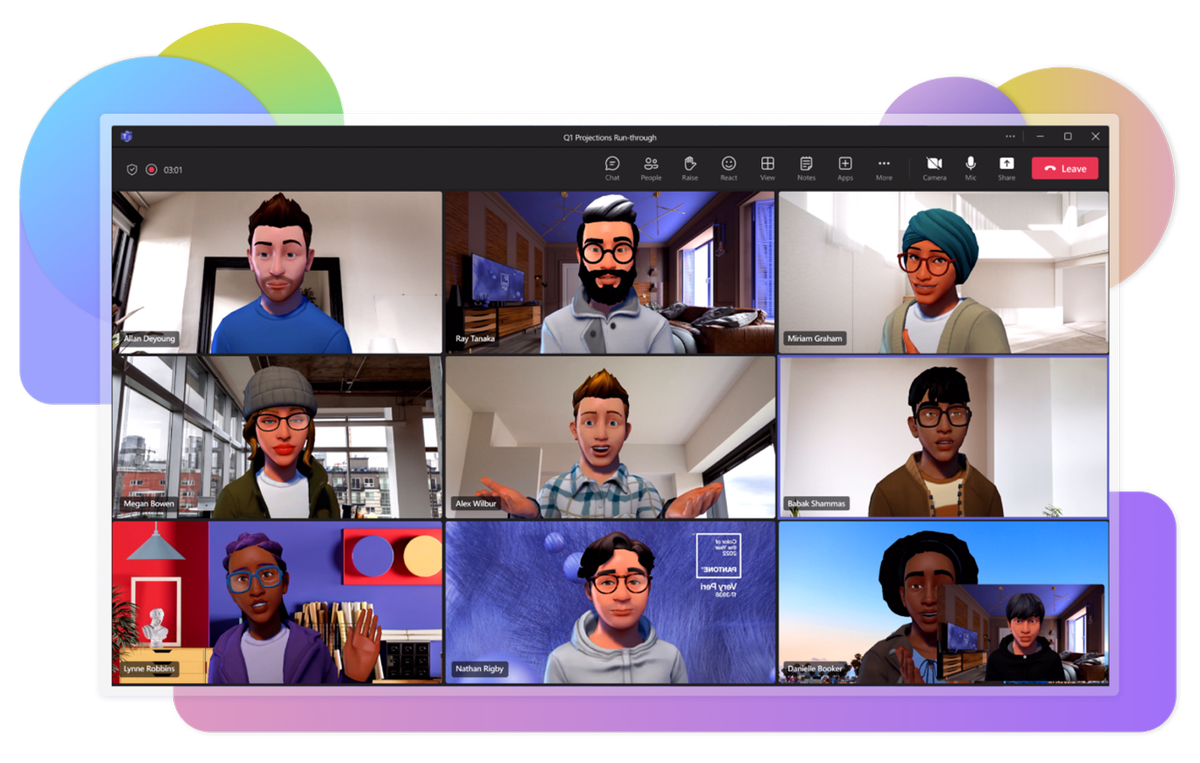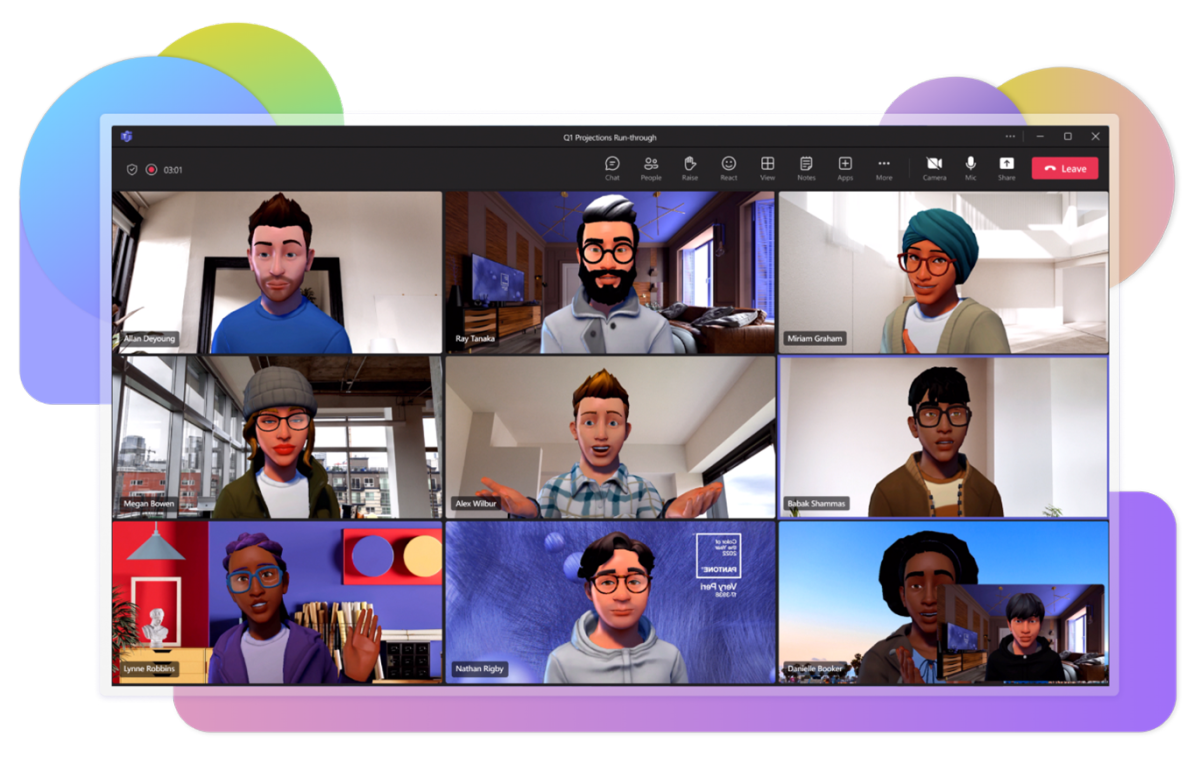
As threatened, animated avatars have been released for Microsoft Teams into public preview, with a general release expected in May 2023.
The tech giant revealed in a blog post (opens in new tab), that the new avatars for its video conferencing software will animate based on vocal cues and emoji reactions, meaning that the feature will work even for those who only have a headset instead of a webcam.
Microsoft’s pitch for the feature is that appearing all day on camera can be “exhausting”, and that avatars “offer an alternative to the current binary option of video or no video […] while still allowing you to collaborate effectively.”
Avatars on Teams
That’s kind of them, isn’t it? We love choice – except no-one has especially screamed out for an “alternative” between having a camera on or off, and I’m scratching my head as to why this actually exists.
It’s very clever, the way they pitch it. “Represent yourself the way you want” – with virtual bindis and hearing aids. That’s well intentioned, but doesn’t stop me from thinking ‘if I want to represent myself, I actually will, by going on video’.
But don’t just take it from me, a journalist, when an actual human being below-the-line at The Verge has given their opinion: “at my company, this is a feature that a total of zero employees would use.”
I don’t have the energy to do the usual sustained yucks of “this is embarrassing”, or an affront to God, or whatever. The routine about it looking like an early-2002 social MMO.
Or the bit about it being a tacit admission by big tech that the actual metaverse is an abstract, a nothing, and that it was always a buzzword and never going to happen. And that what we’re getting now is the dregs of the idea.
If you want that, great: we’ve dutifully reported on this stuff over and over again, yet no-one in tech ever goes, ‘actually, this is terrible, a callous regard for human life’.
Via The Verge (opens in new tab)
Services Marketplace – Listings, Bookings & Reviews
